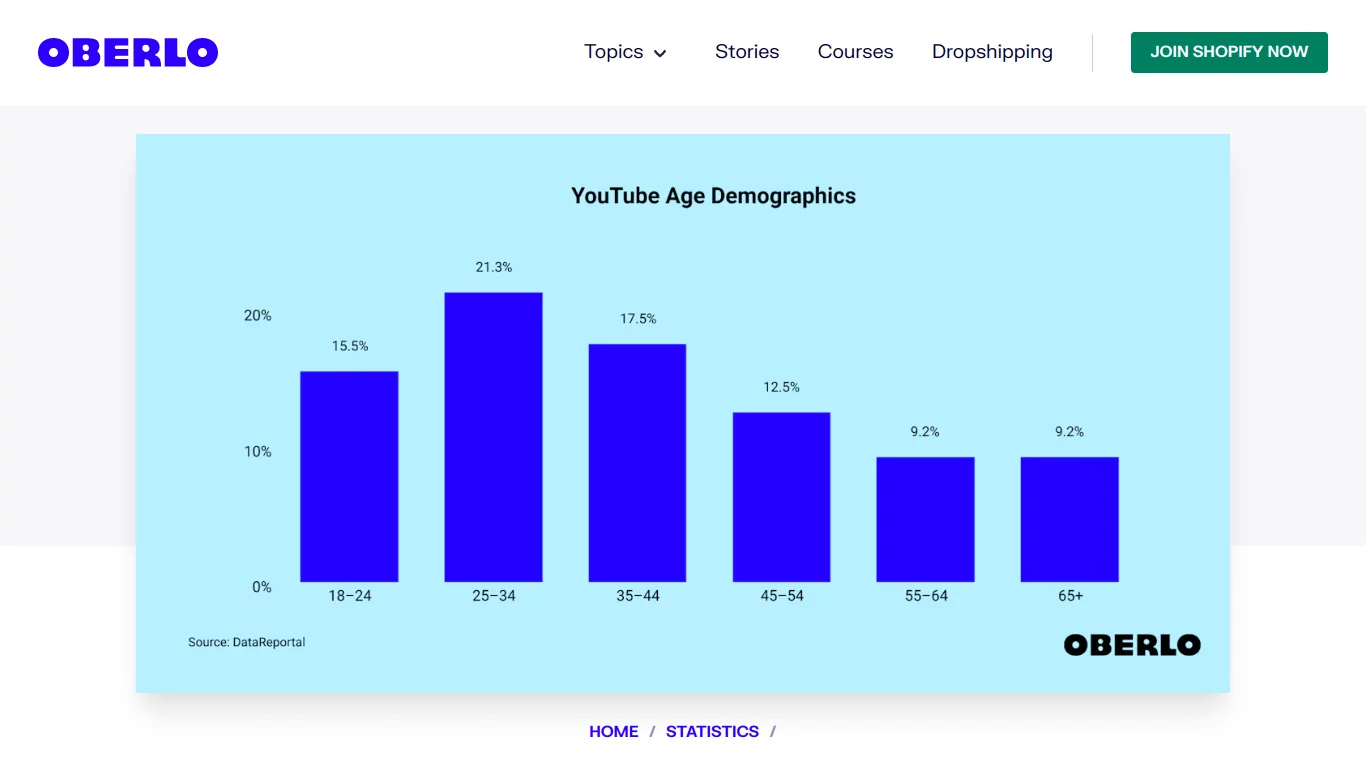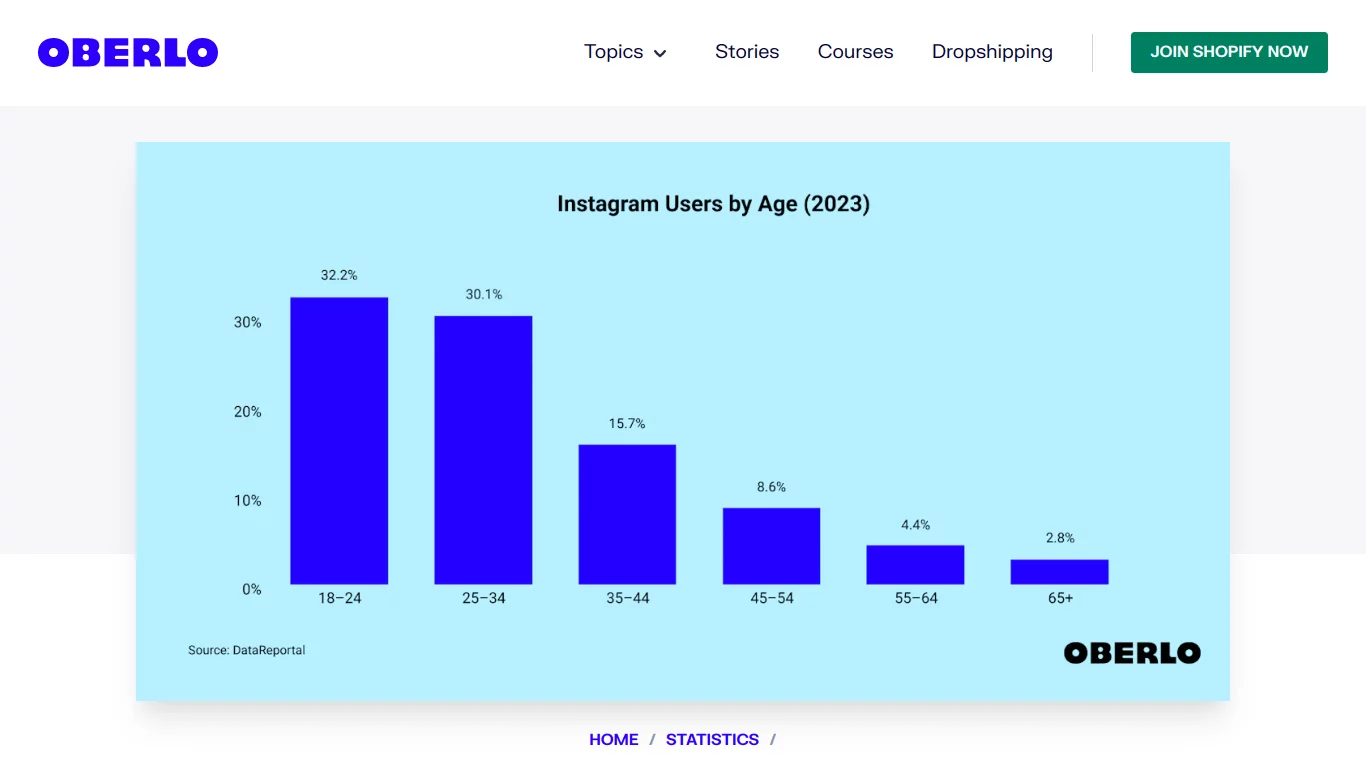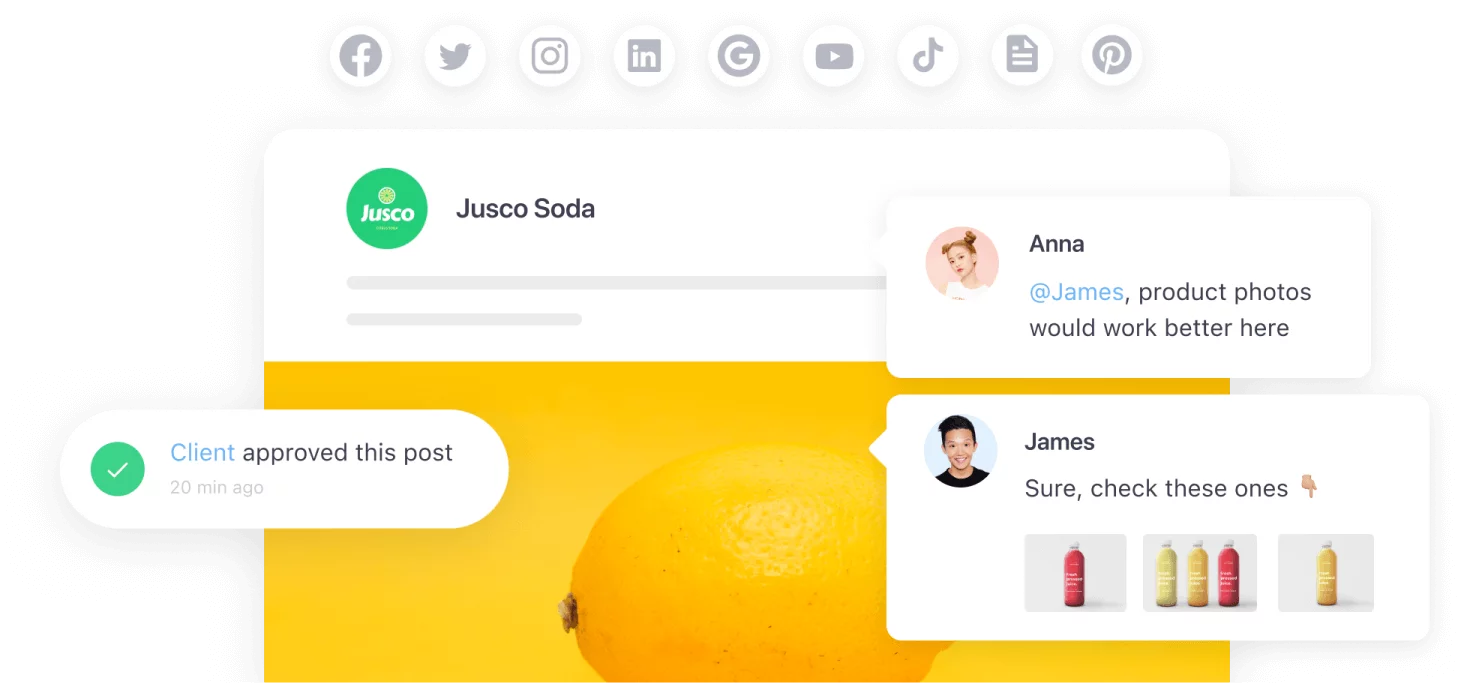Whether you’re trying to spread brand awareness, increase sales, or educate your audience, engaging videos can help you get the job done.
The power of video lies in its capacity to communicate information in an energetic and captivating manner. This makes videos ideal for storytelling, demonstrations, and showcasing products or services.
But there’s one type of video that’s taken the social media world by storm: short-form video.
Some marketers use Instagram Reels, while others use YouTube shorts to share their short-form videos. And some use both.
Which platform is best? Which one gets the most engagement? The most results? Or does it even matter? Let’s find out.
What are Instagram Reels?
Instagram Reels are short-form, engaging videos that are no longer than 60 seconds.
Users can create videos with sound overlays and add effects to enrich the content.
Instagram Reels came about after countries considered banning TikTok due to privacy concerns, in 2020. The video editing features were similar to what users would find on TikTok.
Now, Instagram Reels account for up to 20% of user activity on Instagram.
View this post on Instagram
What are YouTube Shorts?
Like Instagram Reels, YouTube Shorts are videos that are 60 seconds or less in length.
As a popular video-sharing platform, YouTube allows brands to repurpose their longer-form video content into shorter, bite-sized clips. That way, users can more easily consume the content and watch it in its entirety.
Instagram Reels vs. YouTube Shorts: What makes them unique?
According to 47% of marketers, keeping videos short increases the chances of them going viral.
But every platform is different. Let’s take a look at what makes Instagram Reel and YouTube shorts unique in their own way.
Technical Specs
When posting to Instagram Reels or YouTube Shorts, it’s important to be familiar with the technical specifications so that your videos look as good as possible.
Both platforms have a lot in common when it comes to specs:
Aspect ratio: 9:16
Resolution: 1920×1080 px
File format: MOV and MP4
Orientation: Portrait
Unique Features
YouTube Shorts is unique because it is directly hosted on YouTube, the biggest video-sharing platform on the internet.
Instagram Reels’ unique advantage is that it’s part of the Facebook/Meta Suite. This means you can automatically link your Reels to automatically share with a Facebook audience, which maximizes your reach.
In-App Shopping
Instagram has the edge when it comes to in-app shopping. When you can tag products in your Reel from your product catalog, customers can browse the items without leaving the app.
YouTube currently doesn’t have this feature.
Video Length
When you upload a typical video on YouTube, you can share hours and hours of content. However, a YouTube Short can’t go past 60 seconds.
Instagram Reels can go slightly longer, at 90 seconds.
The length of your short-form videos matters more than you think. Even though 60 and 90 seconds aren’t that different, it can affect how your audience engages with your content.
Editing Tools
Unlike Reels, YouTube Shorts doesn’t offer any special effects or editing features to enrich your videos.
With Instagram Reels, you can use a wide range of effects to give your short-form content more appeal. For example, you can add stickers to your videos. You can also run polls and mentions and tag people.
Engagement/Watch Rate
Instagram Reels have the highest average watch rate of all short-form video platforms.
This may be due to the Instagram algorithm and the fact that users don’t post as often as they do on TikTok.
So, with fewer Reels flooding timelines and less spam, there’s a higher chance that users will discover and watch more videos that are tailored to their preferences. This leads to more views per Reel.
Demographics
Both YouTube and Instagram have audiences between the ages of 18 and 34.
This isn’t to say that younger or older generations don’t use these platforms. But people in that age range make up most of the platform’s users collectively.
However, more people in the 25 to 34 age range use YouTube than any other age group.
On the other hand, Instagram’s largest audience is between the ages of 18 and 24. This makes it a better choice for brands with a younger audience.
On Instagram, the gender distribution is almost even, with 48.2% female users and 51.8% male users.
For YouTube, the gender gap in terms of usage is a lot more noticeable. More males use YouTube (54.4%) than females (45.6%).
Algorithm
Both Instagram and YouTube use algorithms that learn what types of videos each user prefers through interactions.
However, each platform has a unique algorithm that personalizes content based on user’s interests and behaviors.
For example, YouTube is more likely to recommend your videos to users if your channel already has fans and subscribers, especially if it uses hashtags your audience is following. So, YouTube Shorts may be the better platform in terms of getting organic reach and boosting traffic.
On the other hand, Instagram determines which videos users will see based on their personalized content preferences. Plus, it’s also a more saturated place with personal and professional accounts all mixed together, so it’s harder to stand out.
The bottom line: You might choose YouTube Shorts if you want to target a specific audience interested in a certain hashtag or topic.
Purpose
When determining which short-form video is best for your needs, take a moment to think about what you want your videos to achieve. Why should your target audience watch your videos in the first place? What’s your desired outcome or main takeaway for them from the experience?
We know that Instagram is a more dynamic platform. That means people log in to Instagram to see what their friends are up to, be entertained, or discover a new product or brand.
But when people open the YouTube app, they’re often looking for a different experience.
In many cases, they may go on YouTube for instructional or educational content.
For example, if a homeowner needs to learn how to reset the pilot light in their hot water heater, where do you think they’re going to look first, Instagram, or YouTube?
If you answered the latter, then you’re right. They can watch a YouTube Short that gives them a quick overview of how to reset the pilot light.
Let’s say that you own a home improvement store and you create this type of content to help homeowners solve problems with step-by-step guides.
You can even go more in-depth by breaking it down into different parts. That way, you can give more detailed instructions without having to worry about the video cutting off.
So, YouTube Shorts may be best for posting instructional how-tos and other educational content.
On the other hand, Instagram Reels is better suited for less polished, more spontaneous, or free-form content.
You can use this platform to engage with your audience in a fun way, humanize your brand, and get up close and personal with your followers.
For example, you could post behind-the-scenes content about your creative process, workplace, or team members. You could also share customer testimonials, mini vlogs, funny skits, and user-generated content.
Monthly active users
YouTube currently has 2 billion monthly active users, which tops Instagram’s 1 billion.
So, both platforms are getting tons of traction when it comes to short-form content viewers. Therefore, in terms of reaching a wide audience, you likely can’t go wrong with either platform.
Stitching
One notable feature TikTok offers is the ability to “stitch” or remix other short-form video content.
Instagram has taken this and created its own feature, called Remix. It allows you to choose from a variety of layouts to show the original video above your own. YouTube allows you to stitch together multiple clips from your own videos. However, you can’t stitch content from other accounts.
Instagram Reels vs. Shorts: Which one should you choose?
Now that we’ve gone over the different aspects of each platform, you can make a more informed decision about which one is right for your specific needs. But it’s important to note that Instagram Reels and YouTube Shorts aren’t all that different when trying to determine which is better. Both platforms can work wonders in getting your content out there and engaging your audience.
It all comes down to your personal preferences, the type of audience you’re targeting, and how each platform integrates with your overall content strategy and existing presence.
Consider where your target audience spends most of their time. It wouldn’t make sense to focus on Instagram Reels when a significant portion of your audience watches YouTube Shorts or vice versa. Also, if you already have a large following on one platform, it’s likely best to post your short-form content there. Then, if you choose to use both, you can start to slowly build your following on the other one. But it’s best to focus your resources on one at a time. And lastly, look at your audience demographics. Instagram and YouTube both cater to young audiences. However, Instagram has the youngest user base. So, if your products align more with that demographic, Reels may resonate with them most.
You can also read about Instagram Reels vs TikTok in our dedicated article.
Takeaway
Hopefully, this article gave you more insights into which platform, between Instagram Reels and YouTube Shorts, will serve your business better.
There’s really no right or wrong answer, as both platforms are incredibly similar.
They both offer shareable, bite-sized video content, editing features, and ways to create video responses to other users. These capabilities make short-form videos on both Reels and Shorts highly engaging.
So, when it comes to the best short-form video platform, the answer is ultimately up to you. And who says you can’t use both?







